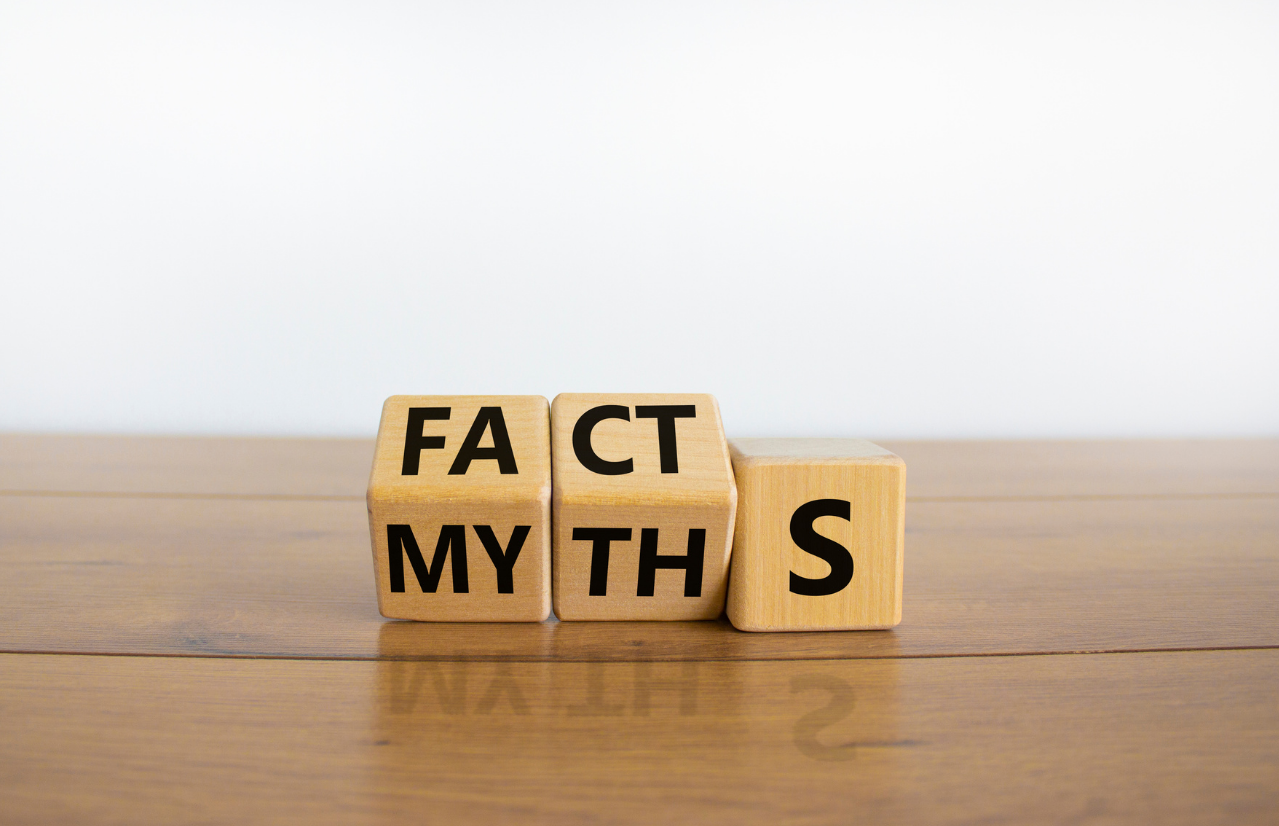The shift from summer to autumn often brings shorter days, colder nights, and a natural urge to slow down. For many on a weight loss journey, this seasonal change can make staying active a real challenge. Research shows that physical activity levels often decline in colder months, which can contribute to weight regain and a loss of fitness momentum (Tucker & Gilliland, 2007). Yet consistency matters more than perfection. With the right strategies, you can keep moving, maintain your progress, and even set yourself up for success during the festive season.
Fun Indoor Workouts: Affordable, Accessible, and Effective
Indoor routines are one of the easiest ways to overcome autumn’s barriers. You do not need expensive equipment or a gym membership to get results.
-
Bodyweight circuits: Squats, push-ups, lunges, and planks remain the gold standard. Research has shown bodyweight training improves strength, endurance, and weight management outcomes when done consistently (Calatayud et al., 2015).
-
Resistance bands or light dumbbells: Add resistance to keep muscles challenged and metabolism engaged. Maintaining lean muscle helps offset seasonal weight gain, as muscle tissue is more metabolically active (Westerterp, 2018).
-
HIIT at home: Even 10–15 minutes of high-intensity intervals can improve cardiovascular fitness and support fat loss. A meta-analysis found HIIT to be effective in reducing body fat and improving insulin sensitivity in overweight adults (Keating et al., 2017).
-
Online classes and apps: Free YouTube sessions or paid subscriptions provide structure and motivation, especially for those who thrive on variety and coaching cues.
Tip: Keep your mat, resistance bands, or dumbbells in plain sight. Visual cues are proven to increase exercise adherence.
Walking in Cold Weather: Building Consistency, Not Excuses
Walking remains one of the most sustainable and accessible forms of physical activity, regardless of the season. Brisk walking improves cardiovascular health, aids weight management, and is linked with reduced mortality risk (Manson et al., 2002).
-
Layer up: Thin, breathable layers trap warmth but prevent overheating.
-
Reflective gear: Shorter daylight hours mean walks often happen in low light. Reflective clothing and lights increase safety.
-
Short, frequent sessions: Break walks into two or three brisk 15–20 minute bursts. Research suggests cumulative bouts of moderate-intensity activity are as effective as continuous sessions for weight loss and cardiometabolic benefits (Jakicic et al., 2019).
-
Use nature: Autumn parks and trails offer natural variety, which can improve mood and increase exercise adherence. Walking in green spaces is associated with reduced stress and improved mental health, helping sustain healthy habits (Twohig-Bennett & Jones, 2018).
Consistency Over Intensity: Why Small Wins Count
The temptation when motivation dips is to go “all in” once or twice a week. But research consistently shows that moderate, regular activity provides better long-term outcomes for weight management and health than sporadic intense efforts.
-
Frequency matters: The World Health Organization recommends at least 150 minutes of moderate activity per week. Breaking this into daily 20–30 minute sessions can improve adherence.
-
Energy balance: Moderate but frequent activity helps regulate appetite and energy expenditure. Exercise influences hormones such as leptin and ghrelin, which are critical for weight management (Martins et al., 2008).
-
Preventing relapse: Consistency reduces the likelihood of weight regain. A large cohort study found that maintaining regular physical activity was a key factor in preventing long-term weight regain after initial loss (Jakicic et al., 2001).
Mindset shift: Autumn is not about breaking records — it is about building rhythm. Celebrate small, consistent efforts.
Using Tools and Professional Support
Technology and professional support can make the difference between good intentions and sustained action.
-
Tracking apps: Step counters, fitness trackers, and mobile apps provide real-time feedback and encourage accountability. Behavioural research shows self-monitoring increases adherence and weight loss success (Burke et al., 2011).
-
Goal-setting features: Many apps allow for incremental targets, which reinforce consistency.
-
Pharmacy support tools: For those using prescription weight loss treatments, pharmacist-led coaching or check-ins can help tailor activity levels to your medication plan. Supportive professional monitoring has been shown to improve adherence and outcomes in weight management programmes (Wadden et al., 2011).
-
Social accountability: Sharing goals with friends, family, or support groups — even digitally — increases commitment.
Extra Benefits: Why Staying Active in Autumn Matters Beyond Weight
Exercise is not just about burning calories. It is also about protecting your health during a time when mood, immunity, and energy often decline.
-
Mental health: Physical activity is proven to reduce symptoms of depression and anxiety (Schuch et al., 2018). With shorter daylight hours, this becomes especially important.
-
Immune function: Moderate activity boosts immune surveillance and may reduce the risk of seasonal illnesses (Nieman & Wentz, 2019).
-
Metabolic health: Exercise helps maintain insulin sensitivity and blood pressure regulation, which are especially important during colder months when comfort foods and sedentary behaviour creep in.
Conclusion
Autumn may bring chillier days and darker evenings, but it does not have to derail your weight loss or wellbeing journey. Indoor workouts, smart walking strategies, and a focus on consistency over intensity can keep your progress on track. Add in technology, professional support, and the broader mental and immune benefits of regular movement, and you will find that staying active in autumn is not only possible — it is empowering.
By reframing autumn as an opportunity to strengthen habits, you can carry momentum through winter and beyond.
References
-
Tucker, P., & Gilliland, J. (2007). The effect of season and weather on physical activity: A systematic review. Public Health, 121(12), 909–922.
-
Calatayud, J., et al. (2015). Bench press and push-up at comparable levels of muscle activity results in similar strength gains. Journal of Strength and Conditioning Research, 29(1), 246–253.
-
Westerterp, K. R. (2018). Exercise, energy balance and body composition. European Journal of Clinical Nutrition, 72(9), 1246–1250.
-
Keating, S. E., et al. (2017). Effect of HIIT vs MICT on body composition in adults: A meta-analysis. Obesity Reviews, 18(6), 645–658.
-
Manson, J. E., et al. (2002). Walking compared with vigorous exercise for the prevention of cardiovascular events in women. NEJM, 347(10), 716–725.
-
Jakicic, J. M., et al. (2019). Physical activity and weight loss maintenance. Progress in Cardiovascular Diseases, 62(1), 1–7.
-
Twohig-Bennett, C., & Jones, A. (2018). The health benefits of the great outdoors: A systematic review and meta-analysis. Environmental Research, 166, 628–637.
-
Martins, C., et al. (2008). Effects of exercise on appetite regulation. Sports Medicine, 38(11), 881–896.
-
Burke, L. E., et al. (2011). Self-monitoring in weight loss: A systematic review. Journal of the American Dietetic Association, 111(1), 92–102.
-
Wadden, T. A., et al. (2011). Lifestyle modification for obesity: New developments in diet, physical activity, and behavior therapy. Circulation, 125(9), 1157–1170.
-
Schuch, F. B., et al. (2018). Physical activity and incident depression: A meta-analysis. American Journal of Psychiatry, 175(7), 631–648.
-
Nieman, D. C., & Wentz, L. M. (2019). The compelling link between physical activity and immune function. Journal of Sport and Health Science, 8(3), 201–217.





Share:
The Role of Resistance Training in Shaping Your Body During Weight Loss